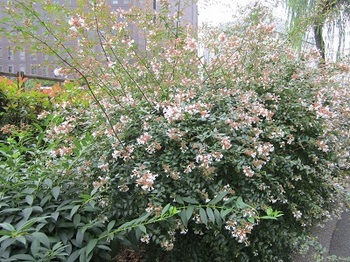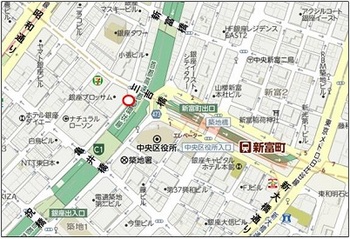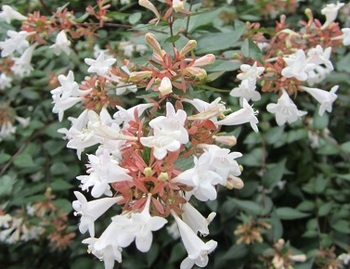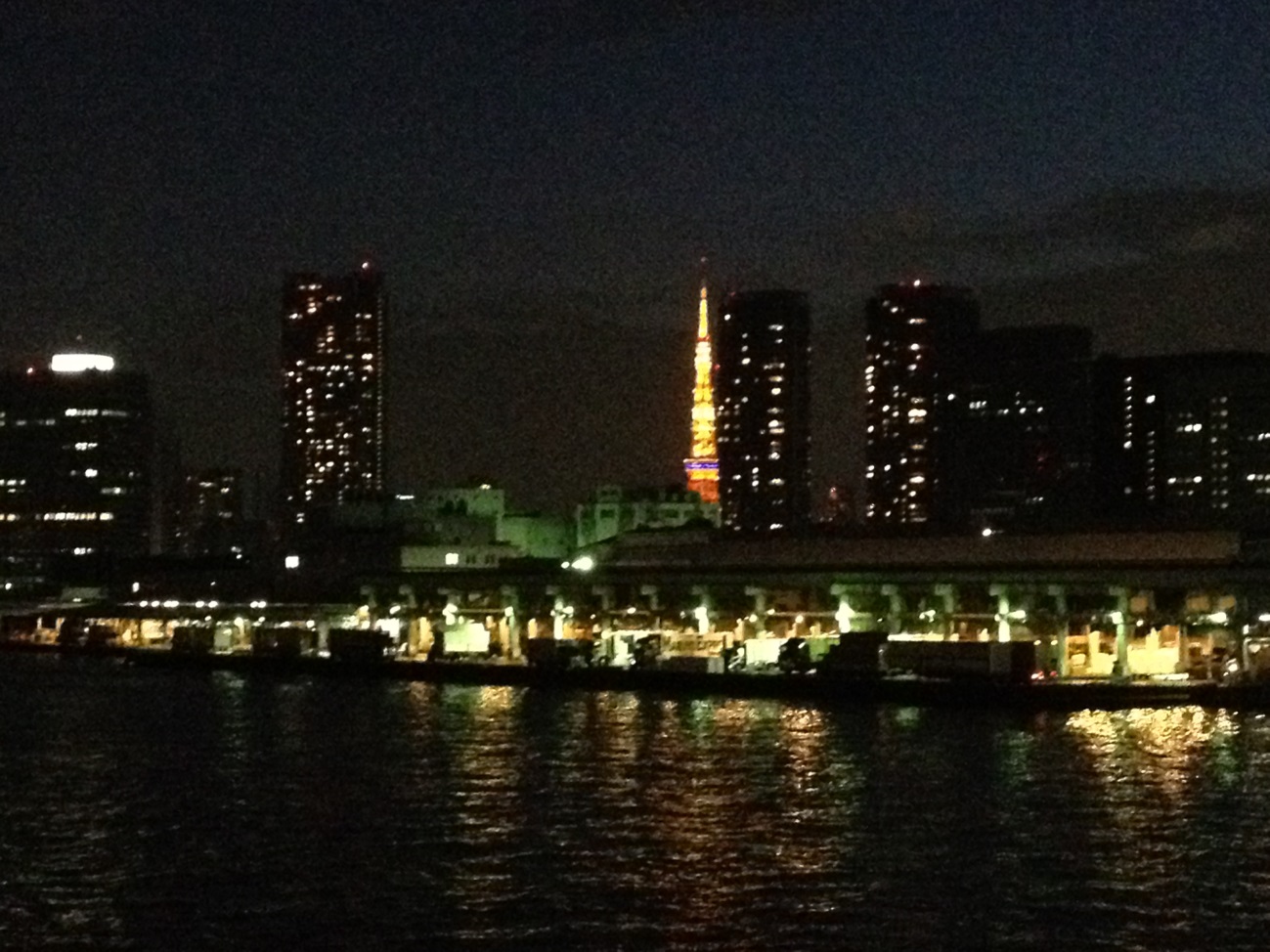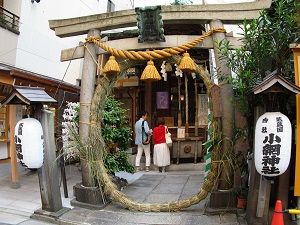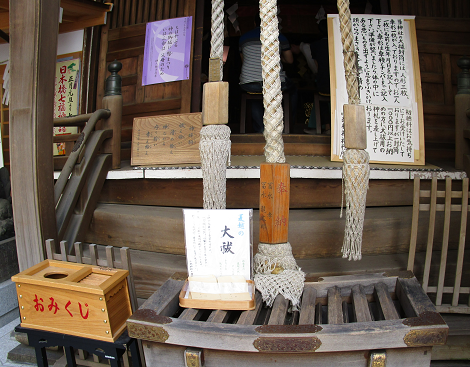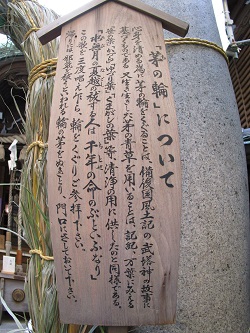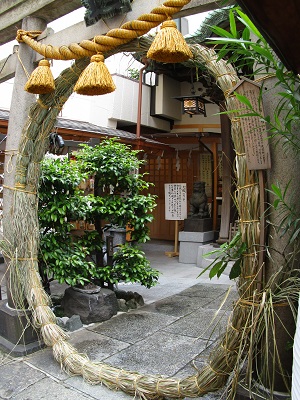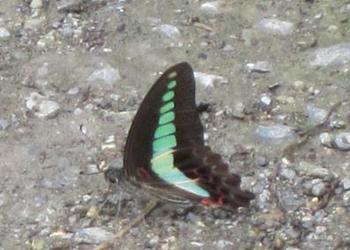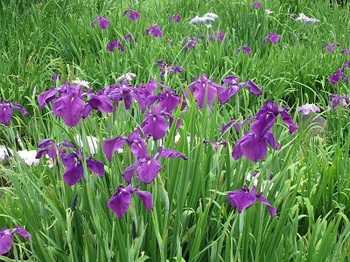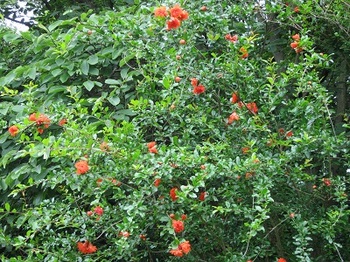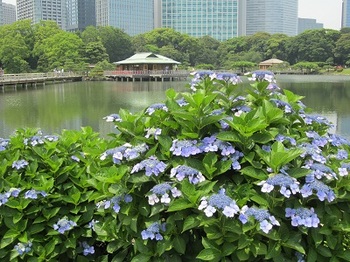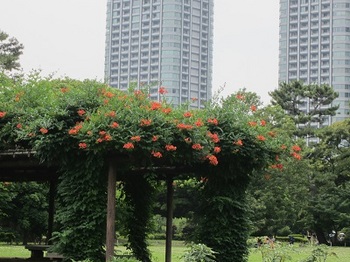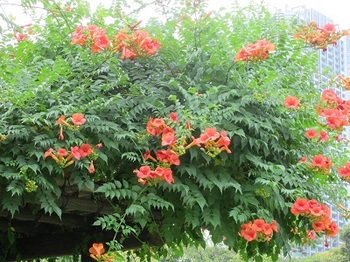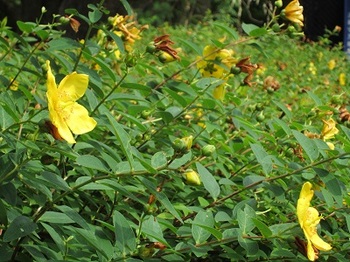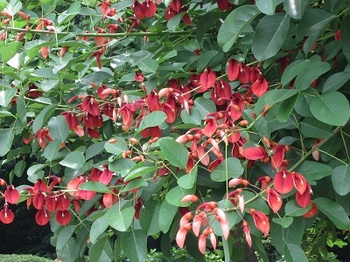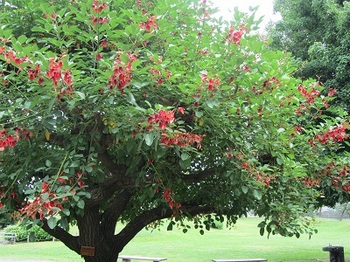"Hanazono Hane Soraki" is read as "Hanazono abelia spathulata". It's the Japanese name of Aberia.
It is a plant belonging to the genus Asteraceae.
Aberia and Hanazono abelia spathulata have not penetrated so much that they know, but they are planted along parks and roads, so they are familiar flowers and trees that you know if you look at them.![]()
This aberia is currently blooming at the planting space opposite Ginza Blossom under Miyoshi Bridge (red circle on![]() the map).
the map).
Aberia continues to bloom except when the flowering season is long and the growth of branches ![]() in midsummer
in midsummer ![]() and midwinter stops.
and midwinter stops.
It is also an honor student of a horticultural variety that is semi-evergreen but resistant to cold.![]()
"Tsukubane" is a feather with a feather, but it is said that the five sepals spread like a propeller look like a feather with a feather.![]()
On the other hand, it is said that playing with wings began when playing with the fruit of "Tsukubane" by hand.![]()
The rainy![]() season continues, but even when the rainy season is over and the hot summer
season continues, but even when the rainy season is over and the hot summer ![]() comes, Hanazono abelia spathulata continues to bloom.
comes, Hanazono abelia spathulata continues to bloom.![]()
![]()
![]()
![]()
![]()
![]()
![]()
